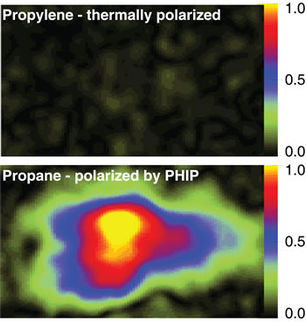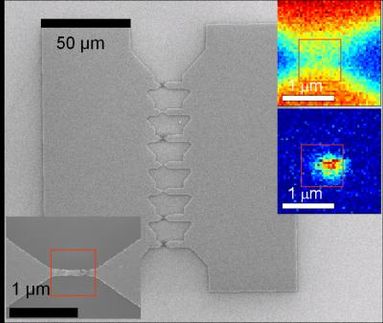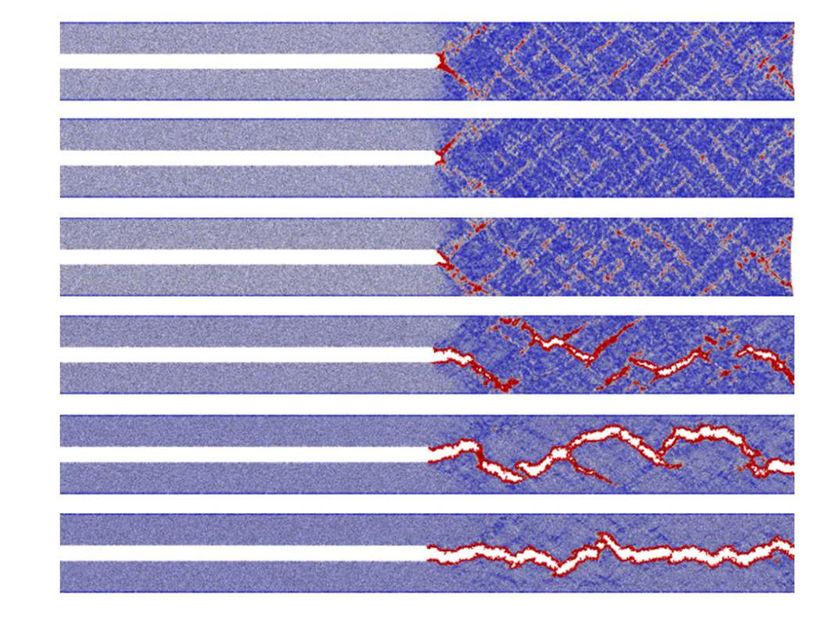New advance in revolutionary 'bullet fingerprinting' technique
Chemistry researchers at University of Leicester announce simple but effective way of lifting prints
'Bullet fingerprinting' technology developed at the University of Leicester in collaboration with Northamptonshire Police is now being advanced in new ways.
Dr John Bond, from Northamptonshire Police Scientific Support Unit and an Honorary Research Fellow at the University of Leicester's Forensic Research Centre developed - in collaboration with University scientists - a method to 'visualise fingerprints' even after the print itself has been removed.
The revolutionary technique was named last year as one of Time Magazine's top 50 inventions of the year.
Now continuing work exploring this forensic technique in the Department of Chemistry at the University of Leicester is uncovering new ways of recovering fingerprints from metal surfaces.
Researcher Alex Goddard has uncovered a natural technique that he believes is so simple, which can explain why it has been overlooked until now.
The technique involves studying the chemical and physical interactions occurring between the metal and the fingerprint sweat deposit. Using advanced surface imaging techniques, such as an Atomic Force Microscope, nanoscale observations of fingerprinted brass samples can identify optimum conditions to promote the natural enhancement of the fingerprint, vastly improving their recovery rate. It has also proven that components of the sweat deposit survive washing and wiping of the surface.
Goddard explains, "Once a finger has touched the metal surface, a residue remains behind, this starts to react with the metal and an image of the fingerprint can be developed by use of elevated temperature and humidity, with the resultant image becoming a permanent feature on the surface of the metal."
"Currently, fingerprint recovery from bullets is very low; less than 1 percent. This uses a natural process and even if it only leads to small increase in success rate, then that would be significant.
"Previous recovery methods include applying powder to the material which can actually damage the evidence. This new technique promotes a naturally occurring process which does not involve adding anything to, or damaging, the evidence. Instead, it employs heat and humidity to promote the enhancement of the fingerprint image, there are also indications that it could be used after other techniques have failed, perhaps as a last resort."
Most read news
Organizations

Get the analytics and lab tech industry in your inbox
By submitting this form you agree that LUMITOS AG will send you the newsletter(s) selected above by email. Your data will not be passed on to third parties. Your data will be stored and processed in accordance with our data protection regulations. LUMITOS may contact you by email for the purpose of advertising or market and opinion surveys. You can revoke your consent at any time without giving reasons to LUMITOS AG, Ernst-Augustin-Str. 2, 12489 Berlin, Germany or by e-mail at revoke@lumitos.com with effect for the future. In addition, each email contains a link to unsubscribe from the corresponding newsletter.

























































